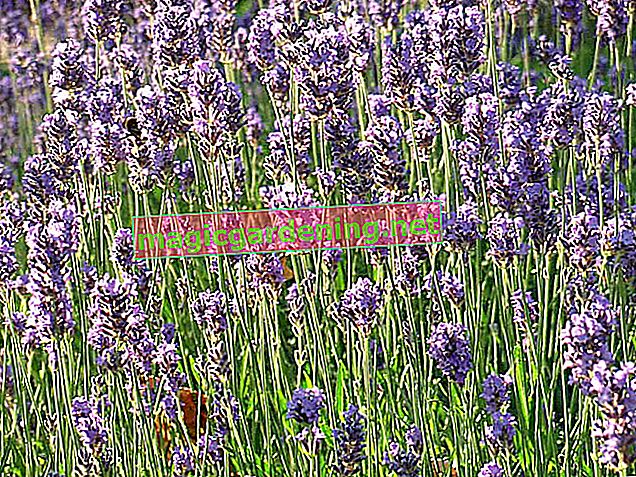
Boxwood diseases on the rise
A few years ago little was known about the way of life, reproduction and ways of fighting the box tree moth. At first, the local fauna also seemed to have little to do with the green caterpillars; it was even suspected that the pests were poisonous for hungry birds. But from year to year the scientific knowledge increased, from 2015 until today numerous new ways to fight the invasive insect have been shown.
also read
- Common diseases and pests on boxwood
- Boxwood: Detect, treat and prevent an infestation with the boxwood moth
- Lilac - the most common diseases and how to treat them
Since around 2016/2017 it has also been known that songbirds have also adapted to the moth caterpillars as a new source of food: It is reported that titmice and sparrows in particular devour countless pests. Also new from 2018 is the information that nudibranchs are also apparently hard-working caterpillars: Some gardeners reported a noticeably high number of snails in some box bushes, in which no or very few moth caterpillars could be found.
What helps against the box tree moth?
One thing in particular helps against the box tree moth: act extremely quickly. Several hundred to a thousand caterpillars can sit in larger bushes, and the infected specimens can eat them bare practically overnight. Therefore, check the Buchs daily for an infestation and hang up pheromone traps so that you can estimate the presence of adult butterflies and thus the right time to combat them. In this case, a close-meshed net, placed over the box, can prevent the laying of eggs and thus an infestation. After an infestation, only a strong pruning and a plastic bag, which is put over the affected plant for a period of a few hours and kills the caterpillars by heating, helps. Also certain biological insecticides,those using the bacterium Bacillus thuringiensis, for example, show a good effect.
What helps against boxwood shoot death?
Another boxwood disease that has only been known for a few years is shoot death caused by the fungus Cylindrocladium buxicola. In many cases there is no rescue in the event of an infestation, so that only disposal remains. However, there are a few preventative measures you can take:
- sunny, airy location
- balanced supply of nutrients and water
- never pour over the leaves
- keep them as dry as possible
- no pruning on warm, humid days
- preventive treatment with suitable fungicides
- Plant insensitive varieties such as 'Herrenhausen', 'Faulkner' or 'Arborescens'
Tips
Be careful with the hasty disposal of box trees that are supposedly infected with Cylindrocladium buxicola: this fungus is not always behind a shoot death, sometimes it is also another - easily treatable - fungal disease or a pest infestation, for example with spider mites.








